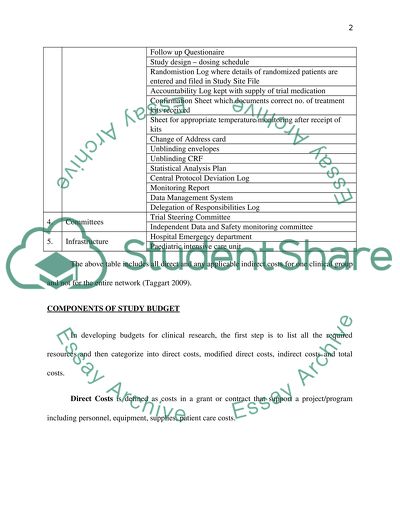Cite this document
(“Framework for Budget of Asthma Drug Study Protocol Assignment”, n.d.)
Retrieved from https://studentshare.org/health-sciences-medicine/1431913-derive-the-framework-for-a-study-budget-for-the
Retrieved from https://studentshare.org/health-sciences-medicine/1431913-derive-the-framework-for-a-study-budget-for-the
(Framework for Budget of Asthma Drug Study Protocol Assignment)
https://studentshare.org/health-sciences-medicine/1431913-derive-the-framework-for-a-study-budget-for-the.
https://studentshare.org/health-sciences-medicine/1431913-derive-the-framework-for-a-study-budget-for-the.
“Framework for Budget of Asthma Drug Study Protocol Assignment”, n.d. https://studentshare.org/health-sciences-medicine/1431913-derive-the-framework-for-a-study-budget-for-the.


